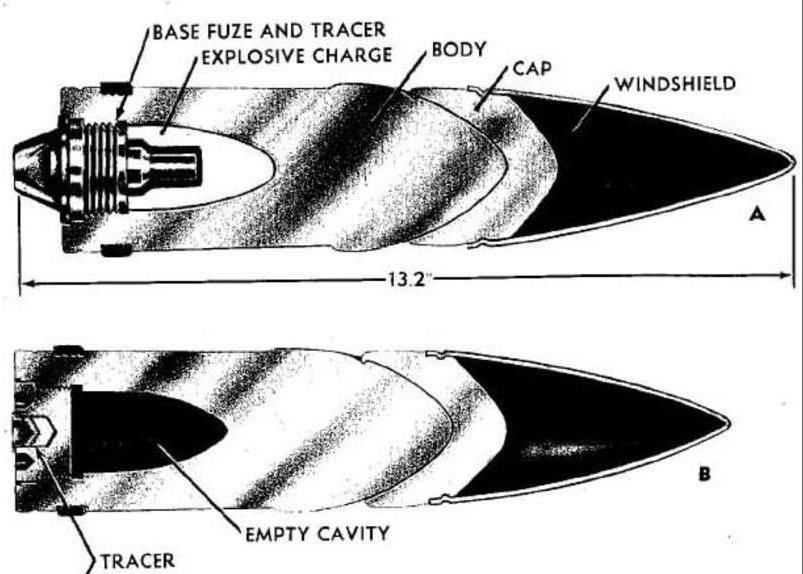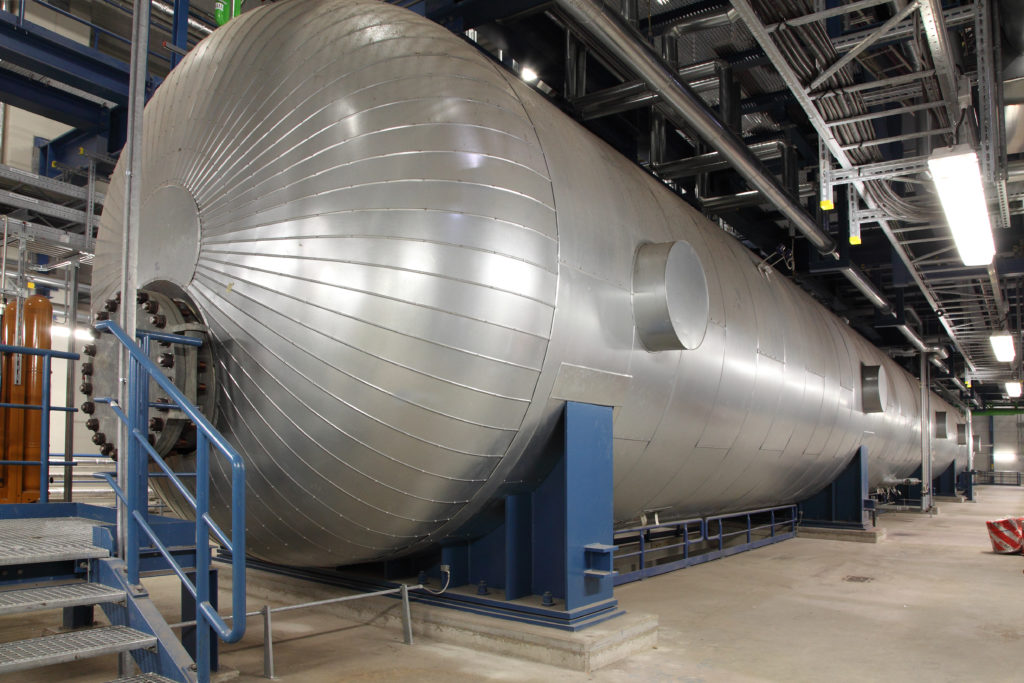

For munitions, the production applied to rebuilding inventories is reduced to account for U.S. It takes one to two years to get to this higher level. This higher rate is either the "1-8-5" or "MAX" level depending on where current production is. "Surge" reflects higher rates where DOD has said it would increase production. "Recent" production reflects levels funded in the last few years. Production rates come from DOD budget documents, particularly the Army's procurement justification books for missiles and ammunition. The number transferred to Ukraine comes from periodic DOD fact sheets. Note: The table is built from DOD sources plus estimates based on administration statements, news reports, interviews with officials, and the author's experience in the military as an artillery officer and with acquisition in the Pentagon.

The table below lays out weapons and munitions where concerns have arisen about inventories. For most items, there are workarounds, but there may be a crisis brewing over artillery ammunition. Most inventories, though not all, will take many years to replace. This commentary continues that analysis by examining inventory replacement times. Are inventories getting too low? How long will it take to rebuild those inventories? An earlier CSIS commentary identified those inventories that are at risk as a result of transfers to Ukraine. As the United States transfers massive amounts of weapons, munitions, and supplies to Ukraine, questions arise about the health of U.S.


 0 kommentar(er)
0 kommentar(er)
